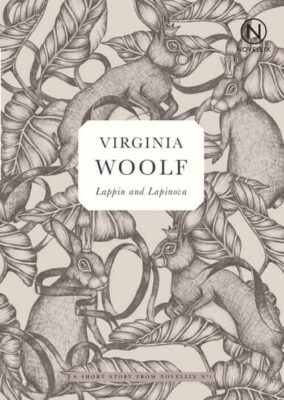The Boarding House
Formgivare: Olga Koreeva, Hanna Hallin
Antal sidor: 24
He remembered well her eyes, the touch of her hand and his delirium … But delirium passes. He echoed her phrase, applying it to himself: “What am I to do?” The instinct of the celibate warned him to hold back. But the sin was there; even his sense of honour told him that reparation must be made for such a sin.
Mrs. Mooney escapes her abusive husband and establishes a successful boarding house in Dublin. There she goes by the moniker “The Madam” and oversees a diverse array of guests, including office workers, tourists and musicians, with a firm yet steady hand. Among the boarders is Mr. Doran, who succumbs to temptation and becomes romantically involved with Mrs. Mooney’s daughter, Polly. As societal pressures loom over their relationship, the question arises if marriage is the only viable path in 20th-century Dublin. The affair reaches a decisive turning point on a scorching summer day.
Through The Boarding House, James Joyce offers a glimpse into a time where marriage is defined more by duty and societal norms than by love and affection.
The Irish writer James Joyce (1882-1941) is most famous for his modernist novel Ulysses (1922), viewed as one of the most influential works of the 20th century. The story unfolds over a single day in Dublin, and the novel was ground-breaking for its stream of consciousness narrative. However, this led to controversy due to its use of swearing and erotic content. Although he spent most of his life abroad, Joyce frequently depicted Ireland in his work, including in The Boarding House, first published in the short-story collection Dubliners in 1914.













